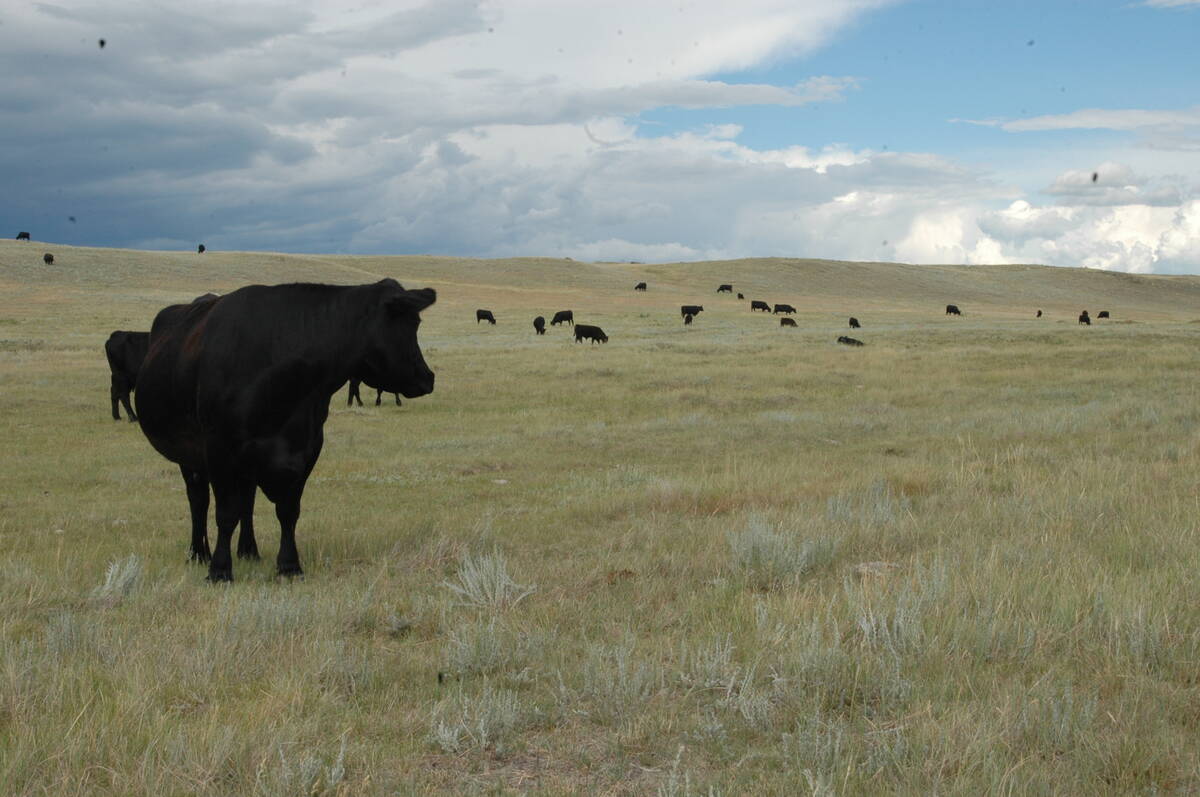Speculation continues over what might happen to North American beef supplies now that a leading feed supplement has been removed from the market.
Merck temporarily stopped sales of Zilmax earlier this month because of animal welfare concerns with lameness. The product helped cattle gain more muscle and added more beef to the market.
Researchers at Canfax suggest feeders may either switch to another product, even though weight gains could be lower.
“Assuming it is unavailable for rest of 2013, cattle feeders do have the option of switching to other products, but there is a performance difference. How much of a difference in carcass weights will depend on if cattle stay on feed longer as feed costs come down this fall, “ said Canfax in its Aug 23 report.
Read Also

Canadian Food Inspection Agency slammed for handling of bovine tuberculosis case
The federal government leans heavily on producers to “take one for the team” and risk their livelihoods without any reassurance of support.
“Carcass weights were anticipated to be lower than last year throughout the fourth quarter, and therefore this is expected to have minimal impact on 2013 beef production in Canada.”
Gains of 15 to 25 pounds were reported when Zilmax, which contains zilpaterol, was fed to cattle for 20 days before slaughter.
Researchers have also found problems with meat tenderness, although Cindy Delaloye, head of the Canadian Beef Grading Agency, said no negative feedback has been received on the carcass quality of animals fed Zilmax.
As for heavier carcass weights, she said the trend to heftier animals has been happening for more than 30 years because of better genetics and improved management. Zilmax was approved for use in 2006.
“Packers like putting through as many pounds of beef as they can,” Delaloye said.
A study from Oklahoma State University found that feedlot steers gained well and had improved dressing percentages when they received either Optaflexx, which contains ractopamine, or Zilmax.
Weights of most cuts were im-proved, with less fat and more protein. Oklahoma State reported shear force levels, which measure tenderness, were “significantly less for control animals compared with (zilpaterol) treated animals.”
However, tenderness improved when aging was increased to 14 days. It is thought zilpaterol affects calpastatin. Higher concentrations of calpastatin can cause toughness.
Quality improvements in some carcass cuts were found with a withdrawal of 10 days. In Canada, the withdrawal period is four days.















